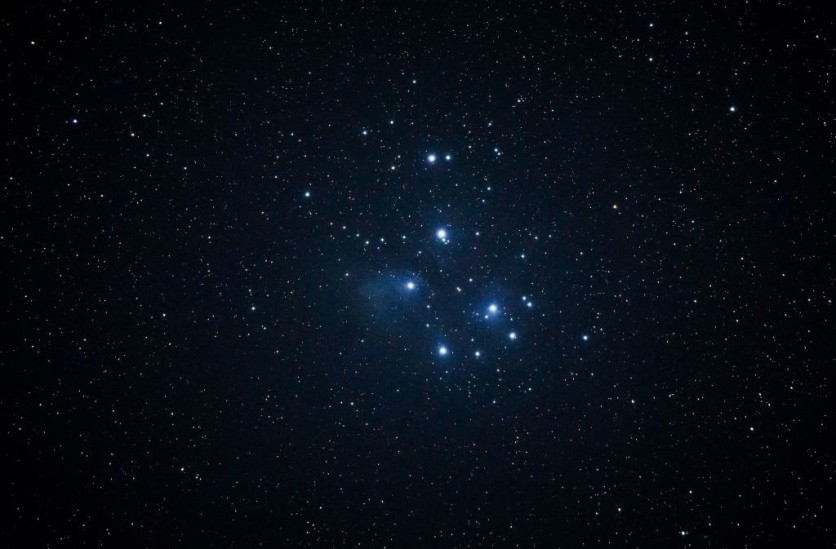A nova event, or an explosion of light due to the release of materials accumulated by a dead star, is reportedly likely to happen this summer, as per NASA.
A nova, which occurs when a white dwarf abruptly and frequently brightens in the night sky, is the technical phrase for the approaching cosmic explosion. The term "white dwarf" refers to a star nearing the end of its life cycle, with only its core left after it has used up all of its nuclear fuel.
A nova is the spectacular outpouring of material that a white dwarf has gathered over time from a younger star in its immediate vicinity.

NASA recently revealed that scientists anticipate a nova in the Milky Way's Corona Borealis, or Northern Crown, producing a light so intense that it can be seen with the unaided eye sometime between now and September. The nova will appear in a dark region of the constellation where a big explosion is expected to result from strong interactions between a red giant and a white dwarf.
A red giant is a star nearing the end of its life cycle. As it grows and undergoes strong episodes of material expulsion from its outer layers, it becomes more tumultuous.
Almost 3,000 light-years from Earth, the binary star system located in the Northern Crown is composed of red giant and white dwarf stars. It is commonly known as the "Blaze Star" or T Coronae Borealis.
Nova Event
This system is expected to produce a nova this summer. NASA states that the white dwarf nearby pulls the hydrogen-rich material into its orbit, while the red giant in this pairing continuously loses hydrogen as it moves closer to total collapse.
Over several decades, the hydrogen extracted from the red giant builds up on the surface of the white dwarf until the pressure and heat reach a critical point and a full-fledged thermonuclear explosion occurs.
The explosion clears the dead star of that extra material, making it look like a nuclear bomb. The eruption in the Blaze Star system will likely remain visible on Earth for around a week until it goes away.
During that time, the white dwarf and red giant stars will remain undamaged. From that moment on, the process of hydrogen buildup between the two stars recommences and will continue until the material buildup on the white dwarf reaches its threshold and bursts again.
Analysis of a Binary Star System Eruption
As NASA and the general public await the nova event, the NASA/ESA Hubble Space Telescope recently probed a peculiar binary star system, offering new light on a cataclysmic event that transpired forty years ago,
When the HM Sagittae (HM Sge) system erupted in 1975, it changed from a dull star to a bright nova that gradually dimmed. However, HM Sge has surprised astronomers by remaining bright for a long time, leading them to reevaluate its behavior.
HM Sge showed an incredible surge in brightness between April and September 1975, 250 times brighter than in the past. Compared to most novae, which fade rapidly, HM Sge has remained bright for decades, captivating astronomers with its extended show.
According to NASA, recent observations show that the system has gotten hotter and slightly less luminous. Because of its partner's massive star in an eccentric orbit and its white dwarf companion, HM Sge is categorized as a symbiotic star. A heated disk surrounds the white dwarf due to its gas absorption from the big star.
Related Article : NASA's Chandra X-Ray on the Hunt for Habitable Earth-Like Exoplanets





